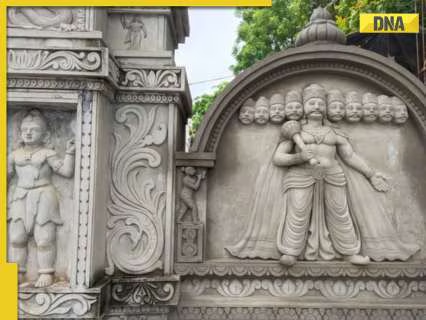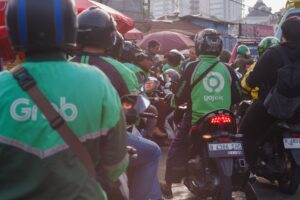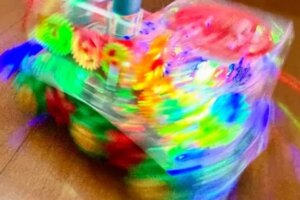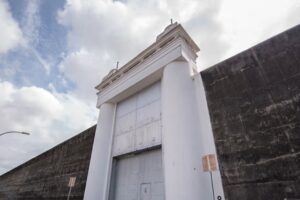
A village in Greater Noida, Bisrakh, has a temple dedicated to Ravan. They believe that Dashanan was highly intellectual with deep spirituality as he was a son of a great sage on whose name Bisrakh was named.
Villagers in Bisrakh hail Ravan as intelligent and spiritual and the village has a temple dedicated to him
Dussehra is one of the most significant festivals for Hindus, also called Vijaydashmi, as it marks the triumph of truth over evil. It comes on the tenth day of the Ashvin month in the Hindu lunisolar calendar, which usually falls in late September or early October in the Gregorian calendar. On this day, Lord Ram killed the demon and the king of Lanka, Ravan, the biggest villain of the mythological epic Ramayan.
Ravan has many names- Dashanana, Dashagriva, Lankeshwar, Lankapati, Dashmukh due to his 10 heads and link to Sri Lanka. However, not everyone believes his demonic character and rather sees him as an intellectual and powerful figure.
How a village thinks differently of Ravan
According to a tale, Ravan, who was believed to be the great king of Sri Lanka, was therefore called ‘Lankapati’. But Bisrakh villagers, a village in what is now Greater Noida, believe that the name of the place is due to Ravan’s father, Vishrav, who was a great sage. These villagers say that the sage had his hermitage here, and he gave birth to Ravan in this village. They also believe that Ravan, being the son of sage Vishrava and demon princess Kaikesi, was both divinely intellectual and with a powerful lineage.
They have a very different image of Ravan, and so the villagers of Bisrakh prefer to remember him for the qualities he had, like his profound scholarship, devotion to Lord Shiva, and mastery over the Vedas and shastras. For them, Ravan was not only a king or even the most fearful demon, but one who possessed great knowledge and spiritual depth.
The temple of Ravan
The village is also home to a rare temple dedicated to Ravan, where locals still worship him- a unique place in India where people mourn the death of Ravan, not celebrate it. The village houses a unique temple, dedicated to Ravan. At the entrance are sculptures of Ravan and other gods, while Lord Ganesh’s idol sits at the top. The temple not only has the idol of Ravan but of his whole family, including Kumbhakaran and Vibhishan, his younger brothers, Shurpanakha, his sister, and even Kuber, his half-brother. The walls of the temple are adorned with pictures of Lord Brahma, the creator, Pulastya, a great sage, and Vishrava. The temple is surrounded by many sculptures of Lord Shiva, as Ravan was his biggest devotee.
The temple is believed to depict the history of Ravan and his family. Mahant Ramdas, the priest who looks after the temple, in an interview with Times Now, said that this area is believed to be an ashram of Lord Brahma and his son Pulastya Muni, Ravan’s grandfather. As per his claims, the shivaling at this site is swayambhu (self-manifested), and this is the same shivaling where Ravan performed severe penance by offering his head ten times. As a result, according to the famous story, impressed by his atonement, Lord Shiva granted him ten heads, giving him the famous tale of ‘Dashmukh’ Ravan.
What are the mysteries around this temple?
Mahant Ramdas further told that there is a secret cave beneath the Shivling that goes to the Dudheshwar Nath Mahadev Temple in Ghaziabad, located around 17.5 kilometres from the Bisrakh Temple. But entry is not allowed as it has been closed for an unknown reason. The legend says that the passage is protected by massive cobras, said to be manifestations of ‘Naag Devta’, which led to the closure of the entrance many years ago.





